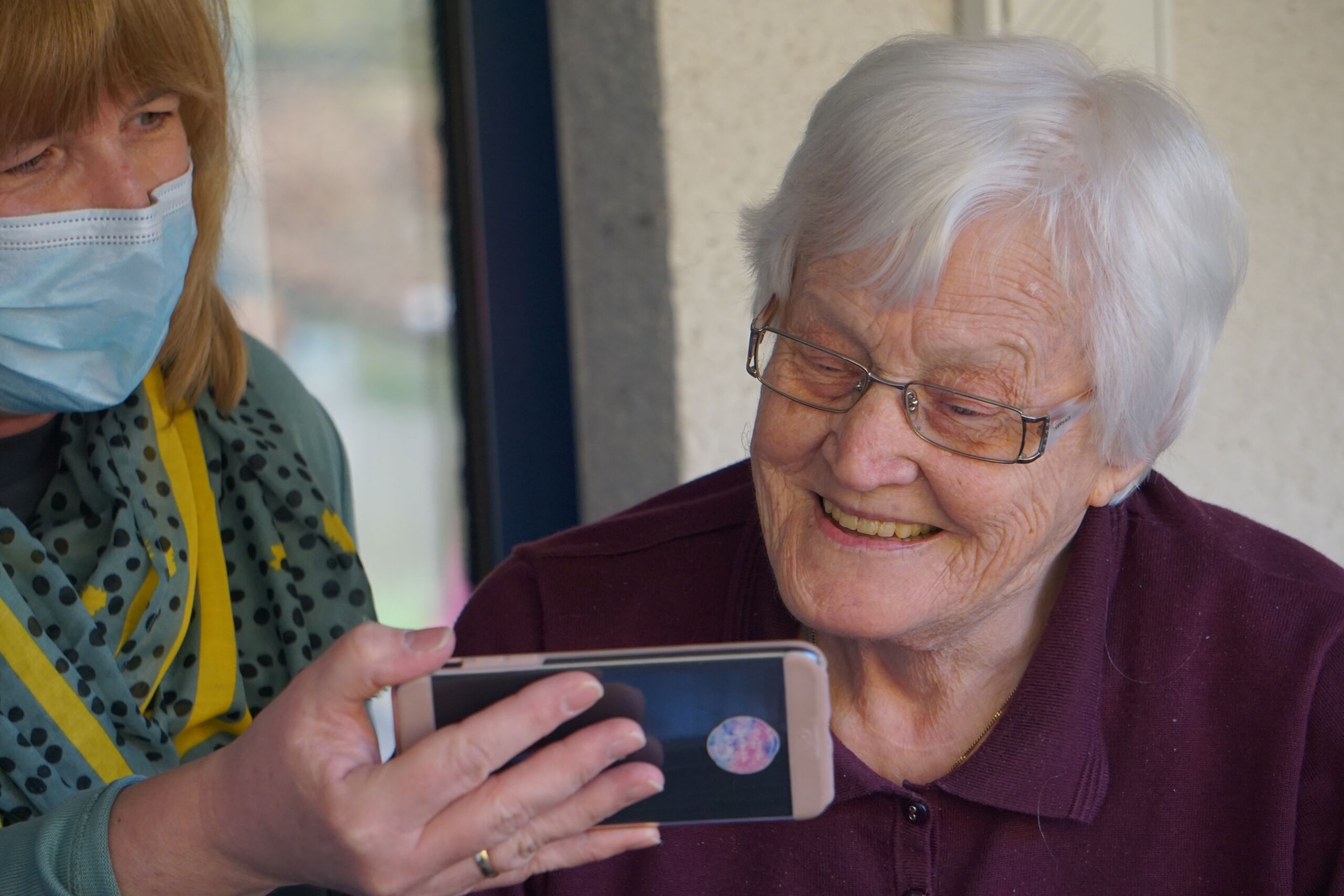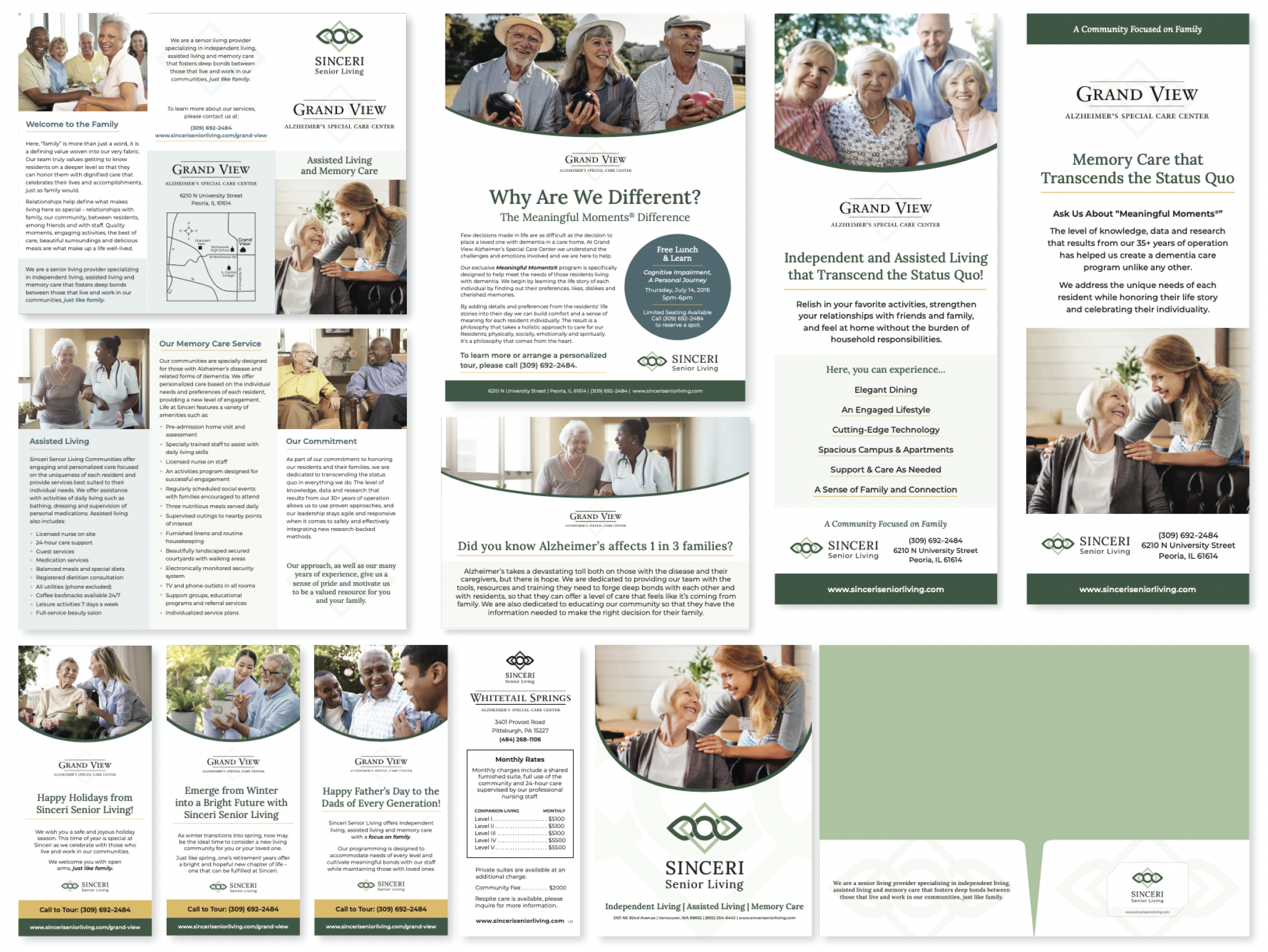The human attention span is a fascinating thing, and it seems to shorten with every new technological innovation. Every year there are more apps, more streaming platforms and generally more channels through which to consume content and media. 20 years ago, the human attention span lasted for 12 seconds. In 2015… 8 seconds.
With nonstop advancements in market research, search engine optimization and digital marketing technologies, it can be easy to forget one of the most powerful strategies for driving senior living occupancies: word of mouth. Big Buzz recently conducted a series of surveys for a leading senior living operator which has communities in several states.
As budgets and sales funnels continue to fluctuate, it’s important to maintain consistent marketing practices. Even more, it is vital to ensure your marketing team is eliminating waste related to ineffective or overpriced marketing tactics. At Big Buzz, we’ve partnered with hundreds of professionals in the senior living industry to assess their current marketing plans, identify which strategies should take priority and which are no longer useful.
Your competition has a one-year strategic plan, of course, and some may have 3- to 5-year plans, but they don’t have the vision you have. Consider what your organization will look like 20 years from now, or once you have exited. Imagine bringing your vision to life for your team now and what impact that will have over the years to come.
ROI is a metric favored due to its easily interpreted nature and direct reflection of profitability and financial standing. Its calculations and results are much more easily conducted and understood than a metric like, say, size of gross margin. It’s a straightforward litmus test to determine the effectiveness (or lack thereof) of investments of any nature.
It’s no secret that consumerism is changing the way the U.S. healthcare system operates. In fact, it’s a hot topic of the last few years, and Big Buzz has reviewed it extensively in our weekly blog. For those unfamiliar with the concept, essentially the scales of advantage have tipped in favor of the healthcare consumer: they have more choices, more power, and more discerning tastes than ever.
A marketing strategy is one of the most important assets an organization can have in terms of achieving its goals. From visibility to sales to bookings, there are few objectives the focused efforts of a marketing strategy can’t achieve. Before a marketing strategy can be implemented or even created, the organization must conduct extensive research to construct the most effective approach.
Every year, countless dollars are wasted on ineffective marketing efforts in the senior living industry. When marketing tactics are disjointed and incongruent, the results they produce (or don’t) pale in comparison to those of strategic and comprehensive efforts. As competition grows, the need for a well-oiled marketing machine is becoming even more significant.
Marketing plans always start with the best of intentions. Team-wide strategy sessions are held. Tactics are documented. Budgets are finalized. And then life happens. Your partner decides the website needs to be updated or sees a Facebook ad for another practice and wants to try that now.
According to Brandingmag, branding Is defined as, “a marketing practice in which a company creates a name, symbol or design that is easily identifiable as belonging to the company.” Beyond your name, symbol or design, your brand is made up of multiple other elements that work together to establish a reputation for your organization. The company culture, the posts shared on Facebook, and so much more impact your brand.










